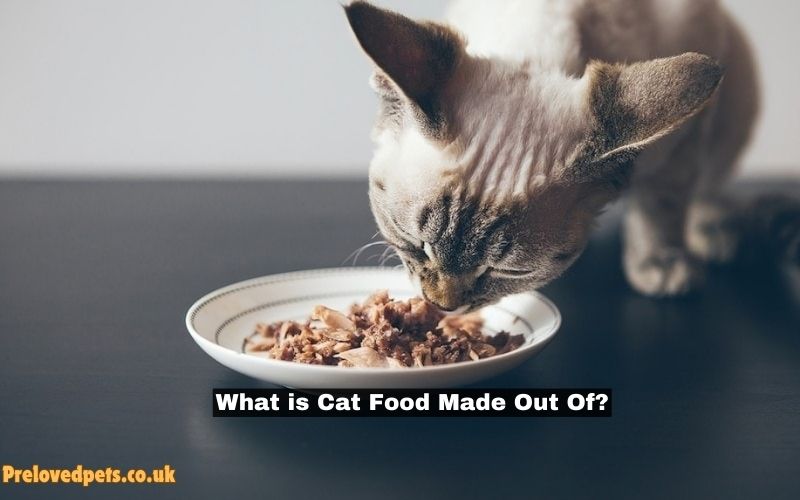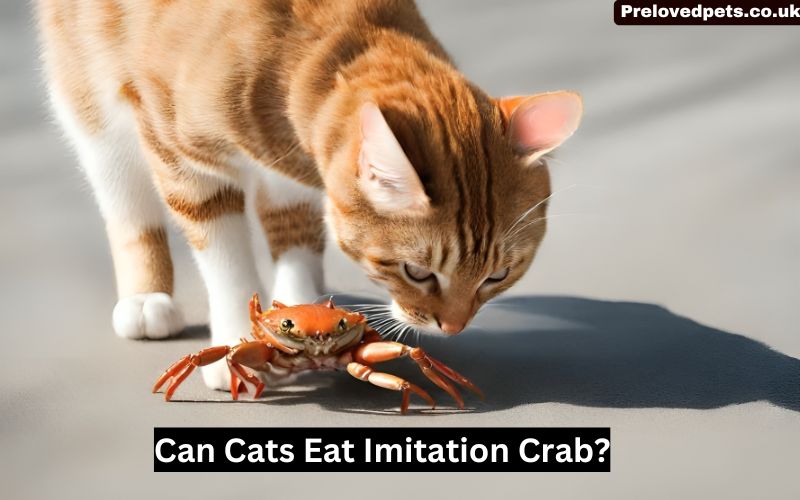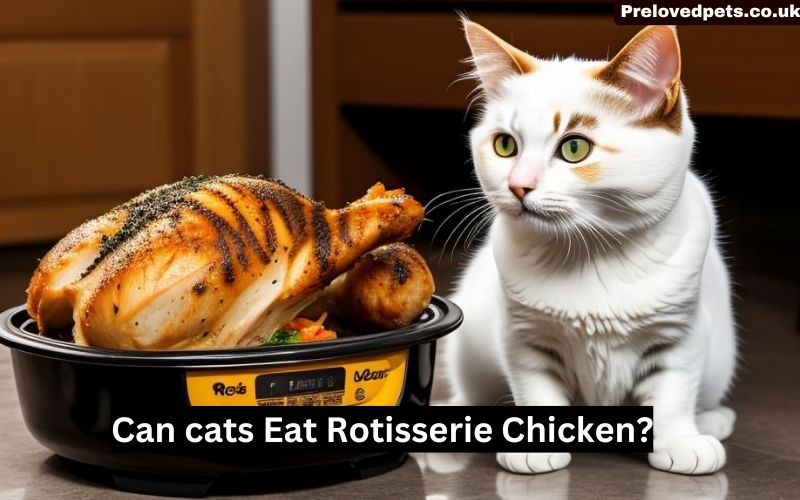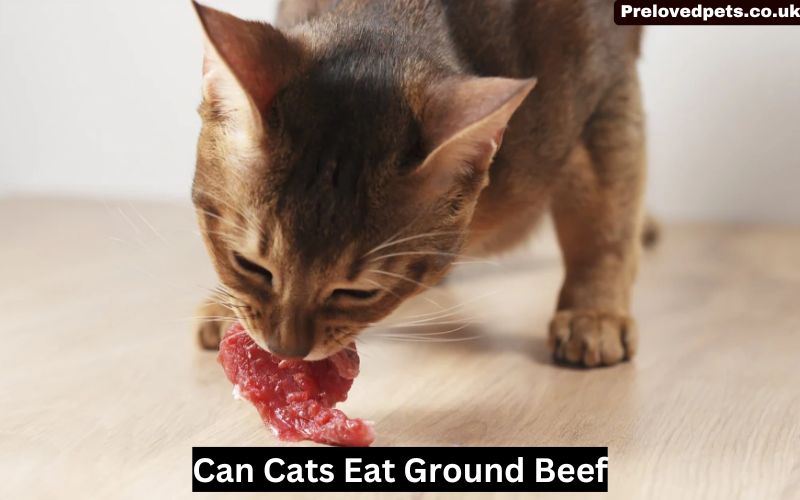Cats, known for their finicky eating habits, require a diet that meets their specific nutritional needs. As obligate carnivores, their primary dietary requirement is meat. Understanding what goes into cat food is crucial for pet owners to ensure their feline friends stay healthy and happy. This article delves into the ingredients commonly found in cat food, the importance of these components, and the manufacturing processes involved.
Understanding Cat Nutrition
Cats have unique dietary needs. They require high levels of protein and certain amino acids that are naturally found in meat. Unlike dogs, cats cannot synthesize these nutrients from plant-based sources, making it essential for their diet to be rich in animal-derived ingredients. Key nutrients that cats need include:
- Protein: Essential for growth, maintenance, and overall health. Cats require a higher percentage of protein compared to dogs. Proteins are made up of amino acids, some of which are essential, meaning cats cannot produce them on their own and must obtain them from their diet. Protein is crucial for muscle development, tissue repair, and the production of enzymes and hormones.
- Taurine: An amino acid crucial for heart health, vision, and reproduction. Taurine deficiency can lead to serious health issues in cats, such as dilated cardiomyopathy (a type of heart disease), retinal degeneration, and reproductive failure. Unlike other mammals, cats cannot produce sufficient taurine and must obtain it from their diet, typically from animal tissues.
- Arginine: Another amino acid important for the urea cycle, preventing ammonia buildup. Arginine is essential for detoxifying ammonia produced during protein metabolism. A deficiency in arginine can lead to hyperammonemia, a condition characterized by elevated levels of ammonia in the blood, which can be toxic and potentially fatal.
- Arachidonic Acid: A fatty acid necessary for skin health, coat quality, and reproductive health. Cats cannot synthesize arachidonic acid from linoleic acid, so it must be present in their diet. It plays a vital role in inflammatory responses, skin health, and maintaining healthy cell membranes.
- Vitamins and Minerals: Cats need specific vitamins (like Vitamin A, D, and B-complex) and minerals (like calcium, phosphorus, and magnesium) in precise amounts. These micronutrients are essential for various bodily functions, including immune response, bone health, energy metabolism, and nerve function. Unlike other animals, cats cannot convert beta-carotene to vitamin A and must obtain preformed vitamin A from animal sources.
Common Ingredients in Cat Food
Cat food can be broadly categorized into dry, wet, and semi-moist types. Each type contains a mix of ingredients that provide the necessary nutrients. Let’s explore the common ingredients found in commercial cat food.
1. Meat and Meat By-products
The primary source of protein in cat food is meat. This includes:
- Chicken, Beef, and Turkey: These are common sources of animal protein. They provide essential amino acids, fats, and vitamins. Chicken is a popular ingredient due to its high protein content and palatability. Beef and turkey also offer a rich source of protein and different nutrient profiles.
- Fish: Often included for its high omega-3 fatty acid content, beneficial for skin and coat health. Fish such as salmon, tuna, and mackerel are rich in EPA and DHA, which support cognitive function, reduce inflammation, and improve coat condition. However, excessive fish consumption can lead to thiamine deficiency or heavy metal accumulation, so it should be balanced with other protein sources.
- Liver: A nutrient-dense organ meat rich in vitamins A, D, and several B vitamins. Liver is highly palatable for cats and provides essential nutrients that support vision, immune function, and red blood cell production. However, it should be included in moderation to avoid hypervitaminosis A.
Meat by-products are parts of the animal that are not typically consumed by humans, such as organ meats, bone, and connective tissue. While the term “by-product” may sound unappetizing, these components can be highly nutritious for cats, providing essential nutrients that muscle meat alone may not offer. By-products like hearts, lungs, and kidneys are rich in vitamins and minerals, contributing to a balanced diet.
2. Grains and Vegetables
While cats are obligate carnivores, small amounts of grains and vegetables are often included in commercial cat food. These ingredients can serve as sources of carbohydrates, fiber, and additional nutrients.
- Corn, Wheat, and Rice: These grains provide carbohydrates and some protein. They are often used as fillers and to provide energy. While not essential in a cat’s diet, grains can offer a cost-effective way to meet energy needs and provide fiber for digestive health. Some cats, however, may be sensitive to certain grains, leading to allergies or digestive issues.
- Potatoes and Peas: These are alternative carbohydrate sources, particularly in grain-free cat food. Potatoes and peas can offer a lower glycemic index than grains, which helps maintain stable blood sugar levels. They also provide fiber, vitamins, and minerals, but excessive reliance on these ingredients can reduce the protein content of the food.
- Carrots, Spinach, and Pumpkin: These vegetables can offer fiber, vitamins, and minerals. Carrots are rich in beta-carotene, spinach provides iron and antioxidants, and pumpkin is excellent for digestive health due to its fiber content. Including small amounts of these vegetables can enhance the nutritional profile of the food and support overall health.
3. Fats and Oils
Fats are a crucial energy source and play a role in nutrient absorption, skin health, and coat quality. Common fats and oils used in cat food include:
- Chicken Fat: A highly digestible fat that provides energy and enhances palatability. Chicken fat is a good source of linoleic acid, an essential fatty acid that supports skin and coat health.
- Fish Oil: Rich in omega-3 fatty acids, beneficial for skin, coat, and overall health. Fish oil contains EPA and DHA, which have anti-inflammatory properties and support brain and eye health. It is especially beneficial for cats with allergies or inflammatory conditions.
- Vegetable Oils: Such as soybean oil or sunflower oil, these can provide essential fatty acids but are less commonly used compared to animal fats. Vegetable oils can be a source of linoleic acid, but they lack arachidonic acid, which cats need and must obtain from animal sources.
4. Vitamins and Minerals
To ensure complete and balanced nutrition, cat food manufacturers add various vitamins and minerals to their formulations. These include:
- Vitamin A: Essential for vision, immune function, and skin health. Cats require preformed vitamin A from animal sources because they cannot convert beta-carotene efficiently.
- Vitamin D: Important for bone health and calcium absorption. Cats obtain vitamin D from animal tissues rather than synthesizing it from sunlight, making dietary sources crucial.
- B Vitamins: Vital for energy metabolism and overall health. These water-soluble vitamins, including B1 (thiamine), B2 (riboflavin), B3 (niacin), B6 (pyridoxine), and B12 (cobalamin), support nerve function, red blood cell production, and protein metabolism.
- Calcium and Phosphorus: Important for bone and dental health. The ratio of calcium to phosphorus is crucial to prevent bone disorders and ensure proper skeletal development.
- Magnesium, Potassium, and Sodium: Electrolytes that are crucial for various bodily functions. These minerals support muscle function, nerve transmission, and fluid balance. Adequate magnesium levels are essential to prevent urinary issues, while potassium and sodium are vital for heart and kidney function.
5. Other Additives
In addition to the main ingredients, cat food may contain various additives to enhance its nutritional profile, flavor, and shelf life.
- Amino Acids: Taurine and arginine are often added to ensure cats receive adequate amounts. These essential amino acids support heart health, immune function, and detoxification processes.
- Antioxidants: Such as Vitamin E and C, help preserve the food and support immune health. Antioxidants prevent the oxidation of fats, which can cause rancidity, and protect cells from damage caused by free radicals.
- Preservatives: Natural (like mixed tocopherols) or synthetic preservatives are used to prevent spoilage. Preservatives extend the shelf life of cat food by inhibiting the growth of bacteria, mold, and yeast.
- Flavor Enhancers: Ingredients like animal digest or natural flavors are added to make the food more appealing to cats. These enhancers improve palatability and ensure that even picky eaters consume their meals.
The Manufacturing Process
The process of making cat food varies depending on whether it is dry, wet, or semi-moist. Each type has its own manufacturing methods designed to preserve the nutritional integrity of the ingredients.
Dry Cat Food
Dry cat food, also known as kibble, is made through a process called extrusion. Here’s how it works:
- Mixing: Ingredients, including meat, grains, fats, and additives, are ground into a consistent mixture. The mixture is blended to ensure a uniform distribution of nutrients and flavors.
- Cooking: The mixture is cooked at high temperatures to kill bacteria and render the ingredients digestible. Cooking also helps gelatinize starches, improving the texture and digestibility of the kibble.
- Shaping: The cooked mixture is forced through a die to form kibble shapes. The shape and size of the kibble can be tailored to meet the preferences and needs of different cats, including dental health benefits.
- Drying: The kibble is dried to remove moisture, ensuring a longer shelf life. Proper drying prevents microbial growth and spoilage.
- Coating: Fats, oils, and flavor enhancers are sprayed onto the kibble to improve taste and nutritional content. This step enhances palatability and ensures that essential fats are not degraded during the initial cooking process.
- Packaging: The finished kibble is packaged for sale. Packaging is designed to protect the kibble from moisture, light, and air to maintain freshness and nutritional quality.
Wet Cat Food
Wet cat food, often sold in cans or pouches, involves a different process:
- Preparation: Meat, meat by-products, and other ingredients are mixed and ground. The mixture is formulated to achieve the desired nutrient balance and texture.
- Cooking: The mixture is cooked and may be ground again to achieve the desired texture. Cooking ensures that harmful bacteria are destroyed and that the ingredients are properly cooked for palatability and digestibility.
- Can Filling: The cooked mixture is filled into cans or pouches. Filling is done under controlled conditions to prevent contamination and ensure product consistency.
- Sealing: The cans or pouches are sealed to prevent contamination. Airtight sealing is crucial to maintain sterility and extend shelf life.
- Sterilization: The sealed containers are heated to high temperatures to ensure sterility and shelf stability. This step, known as retorting, involves cooking the product within the sealed container to eliminate any remaining bacteria and ensure a long shelf life.
- Cooling: The sterilized cans or pouches are cooled before labeling and packaging. Cooling is done quickly to prevent overcooking and preserve the quality of the product.
Semi-Moist Cat Food
Semi-moist cat food is less common and combines features of both dry and wet food:
- Mixing: Ingredients are blended into a dough-like consistency. The mixture includes a balance of moisture, fats, proteins, and carbohydrates to achieve the semi-moist texture.
- Cooking: The dough is cooked to achieve the desired moisture content. Cooking helps to bind the ingredients together and enhance palatability.
- Shaping: The cooked dough is formed into shapes, similar to kibble. The shapes are designed to be soft and chewy, appealing to cats that prefer a different texture.
- Packaging: The semi-moist food is packaged in airtight containers to maintain moisture levels. Packaging is crucial to prevent the product from drying out and to ensure it remains fresh and palatable.
Special Considerations
When choosing cat food, pet owners should consider several factors to ensure they meet their cat’s specific needs.
1. Life Stage and Health Condition
- Kittens: Require food with higher protein, fat, and calorie content to support growth. Kitten food is formulated to provide the extra energy and nutrients needed for development, including DHA for brain and eye development.
- Adult Cats: Need a balanced diet to maintain health and weight. Adult cat food is designed to provide complete nutrition without excess calories, preventing obesity and associated health issues.
- Senior Cats: May require food with lower calories and higher fiber to support digestive health and prevent obesity. Senior cat food often includes joint-supporting nutrients like glucosamine and chondroitin, and may have adjusted protein levels to support aging kidneys.
- Health Conditions: Cats with specific health issues (e.g., kidney disease, allergies) may need specialized diets. Veterinary diets are formulated to address specific medical conditions, such as renal support diets with reduced phosphorus and sodium for cats with kidney disease, or hypoallergenic diets for cats with food sensitivities.
2. Quality of Ingredients
Not all cat foods are created equal. Premium cat foods often use higher quality ingredients and avoid fillers and artificial additives. Reading ingredient labels can help pet owners choose food that prioritizes nutrition over cost-cutting.
- Ingredient Quality: Look for named protein sources (e.g., chicken, beef) rather than generic terms like “meat” or “meat by-products.” Higher quality foods often list specific ingredients and avoid artificial colors, flavors, and preservatives.
- Sourcing and Manufacturing Standards: Some brands emphasize ethically sourced ingredients and transparent manufacturing processes. Understanding where the ingredients come from and how the food is made can help ensure the food’s quality and safety.
3. Wet vs. Dry Food
Both wet and dry cat food have their pros and cons:
- Wet Food: Higher moisture content helps with hydration, can be more palatable, and is often better for cats with urinary or kidney issues. Wet food mimics the natural moisture content of a cat’s prey and can help prevent urinary tract issues by promoting hydration.
- Dry Food: More convenient, longer shelf life, and can help with dental health by reducing plaque buildup. Dry food is easy to store and feed, and its crunchy texture can help clean teeth. However, it is important to ensure cats drinking enough water if fed primarily dry food.
A combination of both wet and dry food can provide balanced nutrition and benefits from both types. Mixing the two can cater to a cat’s preference and ensure they receive adequate hydration and dental benefits.
See Also: Cat Food Advisor
Conclusion
Understanding what goes into cat food is essential for providing a balanced and nutritious diet for your feline companion. High-quality protein sources, essential fatty acids, vitamins, and minerals are crucial for maintaining their health. By being informed about the ingredients and manufacturing processes, pet owners can make better choices and ensure their cats live long, healthy lives.
When selecting cat food, consider your cat’s age, health conditions, and preferences. Consulting with a veterinarian can also help tailor the diet to meet your cat’s specific needs. Remember, a well-nourished cat is a happy and healthy cat. Proper nutrition is the foundation of a cat’s well-being, influencing everything from their energy levels and coat condition to their overall lifespan. By understanding the components of cat food and making informed choices, pet owners can support their feline friends’ health and happiness for years to come.




